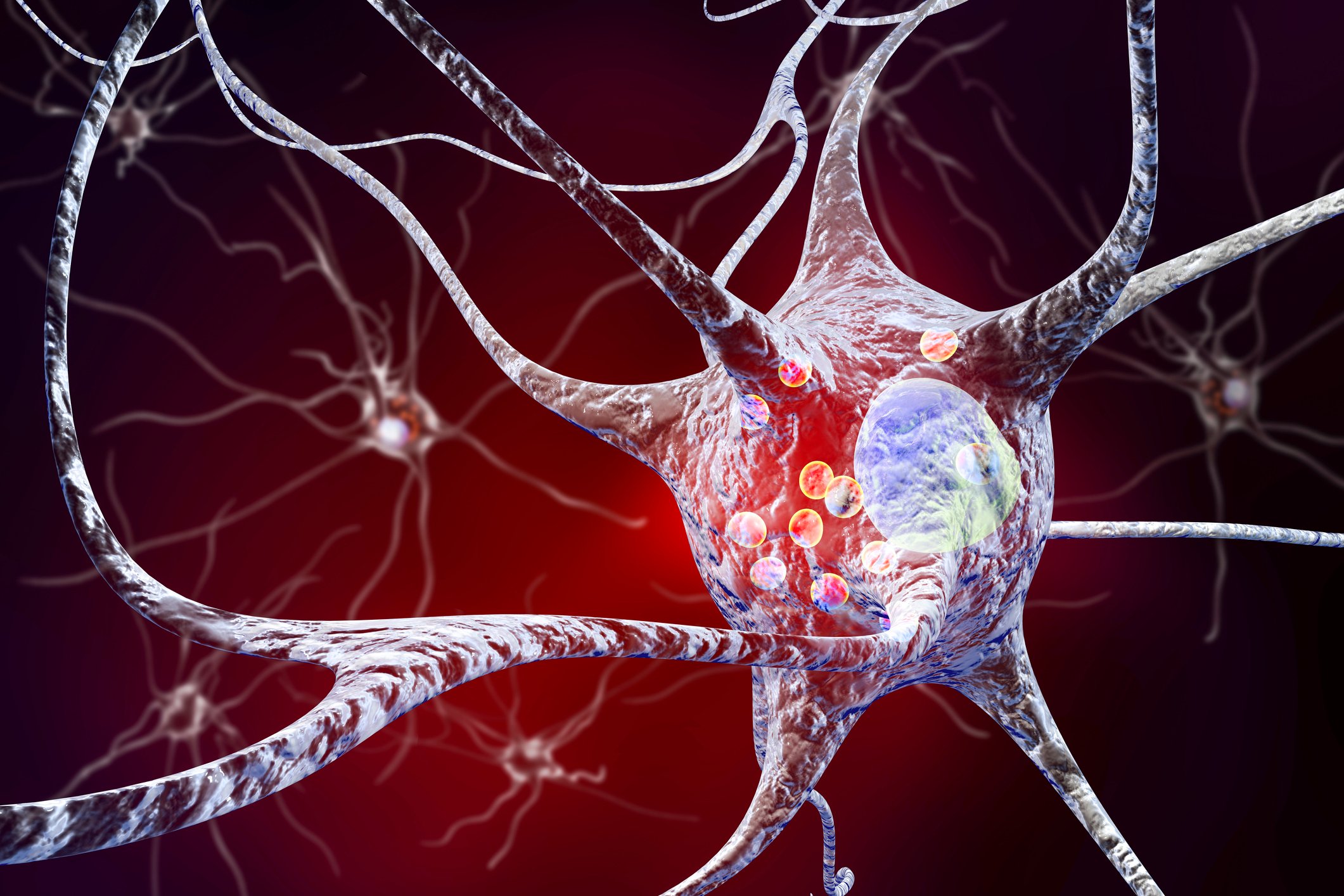Open science contest uses AI to ID possible hits for Parkinson’s, side-stepping 'patent-driven approach'
2024-01-18

Preview
来源: FierceBiotech
While any discovery that could lead to new Parkinson’s treatments is “worthy of attention,” the findings must be tempered with “an understanding of the process that follows,” Conscience CEO Ryan Merkely said.
An open science competition held by a Canadian nonprofit has announced the discovery of molecules that could someday lead to new treatments for Parkinson’s disease.
In a Jan. 16 press release, the organization, Conscience, said scientists from Merck KGaA, the University of Pittsburgh and elsewhere used artificial intelligence to identify seven commercially-available compounds with novel mechanisms of action against the protein LRRK2, a well-known culprit in inherited Parkinson’s disease. The drugs are the first to show activity against LRRK2’s WD40 repeat (WDR) domain, which is thought to contribute to Parkinson’s toxicity.
“Today’s results are a win for open science, for collaboration in drug discovery, as opposed to a patent-driven approach where scientists work in isolation from competing laboratories,” Ryan Merkley, CEO of Conscience, said in the release.
The challenge is the first in a series from a program called the Critical Assessment of Computational Hit-Finding Experiments, or CACHE, which holds a new competition every four months. This one was funded in part by actor Michael J. Fox’s research foundation and was comprised of two rounds: In the first, the 23 participating labs used their own AI algorithms to identify and nominate up to 100 compounds, which were then tested in lab experiments using a series of assays to see how well they bound to the LRRK2 WDR domain. The scientists also tested whether the compounds would bind to unrelated receptors, a sign that they were not specific to LRRK2.
Participants whose compounds showed potential moved on to the second round. They could select up to 50 follow-up compounds, or drugs that had the same mechanisms of action as their original submissions but that might have higher specificity or binding affinity.
CACHE organizers noted on the competition’s website that while they were “generous” in moving compounds from round 1 to round 2—some compounds, for example, were advanced despite having low binding in certain assays or showing activity against an off-target protein—the second round was more stringent.
“The purpose of round 2 is to avoid false positives,” the CACHE team explained on the organization’s site. “Here, we expected to see at least some analogs of the original hit showing some activity.” To ascertain this, they added on additional screenings.
The final data was evaluated by an independent committee made up of industry experts from Astra Zeneca, Bayer, Boehringer Ingelheim, Nuvisan and Relay Therapeutics, CACHE's director Matthieu Schapira confirmed to FBR via email. The top-rated compounds came from the lab of David Koes, Ph.D., at the University of Pittsburgh; Olexander Isayev, Ph.D., and Artem Cherkasov, Ph.D., of Carnegie Mellon and the University of British Columbia, respectively; and Christina Schindler of Merck KGaA. The computational methods of all seven participants who found winning hits can be found on CACHE’s website.
While “any discovery that could lead to new treatments” for Parkinson’s is “worthy of attention,” the findings must be tempered with “an understanding of the process that follows,” Merkley told Fierce Biotech Research in an email. The hits are “encouraging starting points for potential development,” he explained, but the compounds will need to undergo much more research before they could even be considered drug candidates.
“We’re excited about these results, but we know what’s next will take time, and nothing is for certain,” he said. “One of the things we hope to see is a more open and honest conversation about the quality and uses of AI tools in drug discovery, and the specific approaches they augment, so we can work to improve them over time.”
Meanwhile, CACHE is now running or gearing up to find new compounds for conditions beyond Parkinson’s. Challenges 2 and 3 seek to find new drugs against COVID-19; challenge 4 asks participants to predict drugs that inhibit the TKB domain of CBLB, a negative regulator of T cell activation that has been linked to lymphoma and is the target of a clinical-stage drug from Nurix Therapeutics. The fifth challenge, which is currently taking applications, aims to identify obesity drugs that target the receptor MCHR1.
Editor's Note: This article was updated to clarify that the Michael J. Fox Research Foundation sponsored the first CACHE challenge, not the program as a whole. The names of the pharmaceutical companies whose experts evaluated the final data were also added after publication.
更多内容,请访问原始网站
文中所述内容并不反映新药情报库及其所属公司任何意见及观点,如有版权侵扰或错误之处,请及时联系我们,我们会在24小时内配合处理。
药物
-来和芽仔聊天吧
立即开始免费试用!
智慧芽新药情报库是智慧芽专为生命科学人士构建的基于AI的创新药情报平台,助您全方位提升您的研发与决策效率。
立即开始数据试用!
智慧芽新药库数据也通过智慧芽数据服务平台,以API或者数据包形式对外开放,助您更加充分利用智慧芽新药情报信息。




